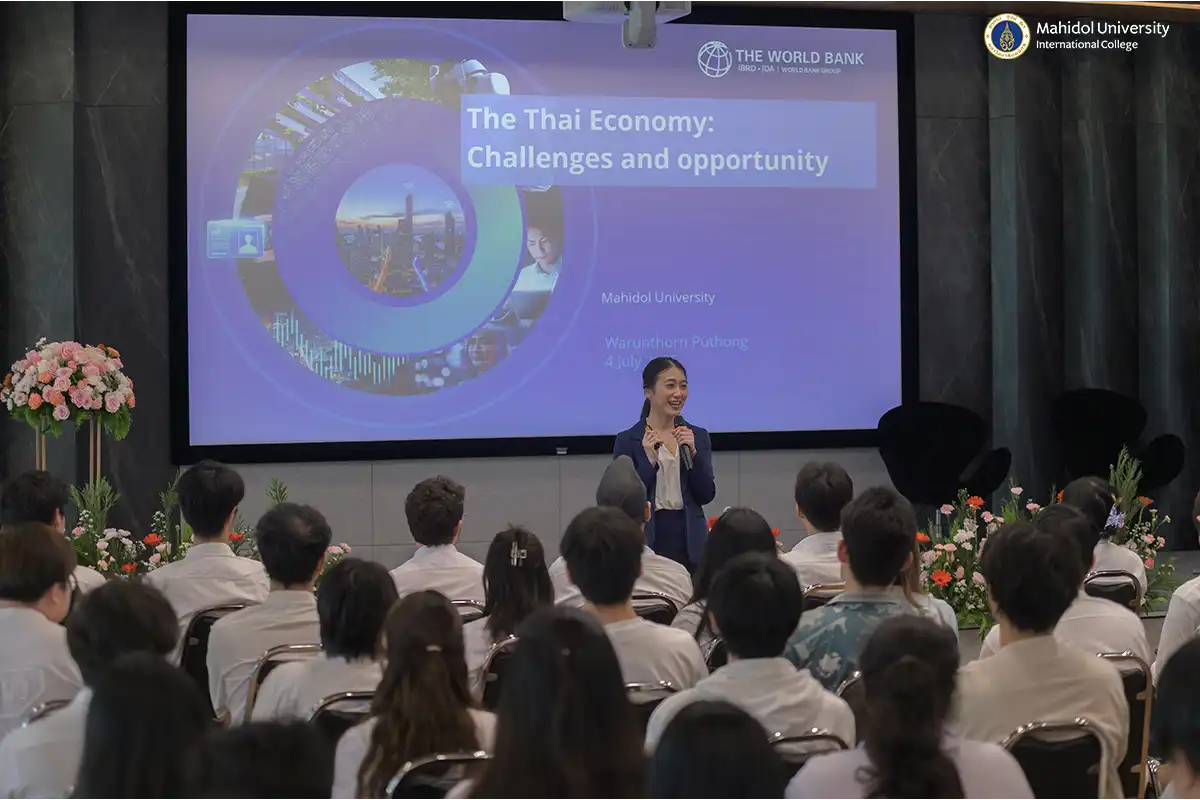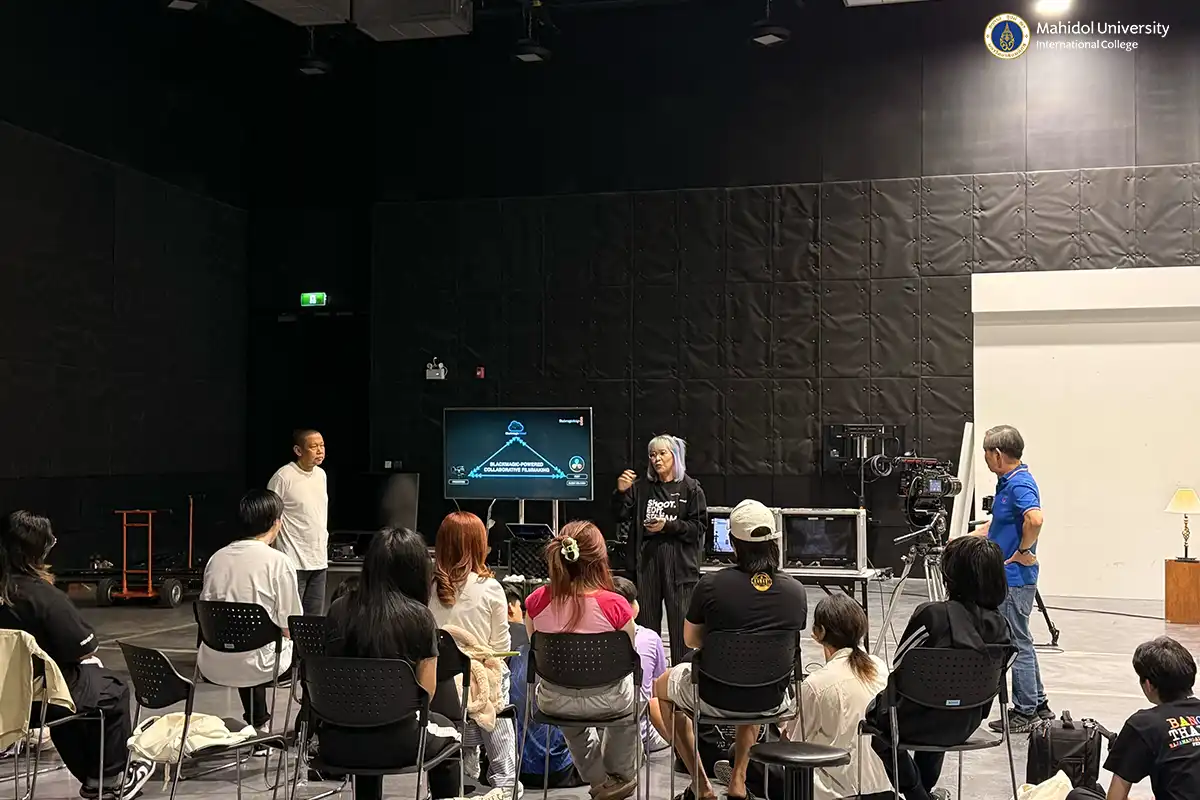Please choose a news and article category.
Recent MUIC Events
Globalink Research Internship Info Session by MITACS
Registration Announcement for Trimester 1/2025-2026
Announcement for SAT Test Takers on Saturday 23 August, 2025
MUIC international buddy program for T1 2025-2026
MUIC 360 Degrees
Trick or Treat Film Talk: MUIC Ajarn’s Halloween List & Becoming a Movie Director
October 27, 2022 2023-10-26 7:47Trick or Treat Film Talk: MUIC Ajarn’s Halloween List & Becoming a Movie Director

Trick or Treat Film Talk: MUIC Ajarn’s Halloween List & Becoming a Movie Director
During this Halloween season, as ghosts and ghouls make their presence felt, are you brave enough for a good scary movie?
We ask our resident film lecturer and horror movie aficionado, Dr. Bryan Ott, who is himself an award-winning filmmaker, for his Top 3 movie treats for Halloween, what hooked him into the horror film genre and—as Chair of the Fine and Applied Division—how students aspiring to be a filmmaker in particular or a media content creator in general can realize his or her dream by studying in MUIC’s Media and Communication Program, Communication Design program or Film Arts Minor.
Dr. Bryan Ott has a solid background in film making. He holds an MA in Television, Film and New Media from San Diego State University in California, USA and finished his Ph.D. in Creative Writing and Literature in Deakin University, Australia. His dark fantasy/horror short film in 2012, entitled Glow, won numerous international film awards, including the Best Fantasy Short Film at the Rhode Island International Horror Film Festival (RIIHFF). Later, it was incorporated into a collaborated feature film which he produced in 2013 with a Thai production house and MUIC and was later sold to True Network, Thailand. For the past 10 years, he has focused on screenwriting, and written numerous horror/western hybrid scripts that have also won international writing awards. His latest western/horror screenplay, They Sound Human, took the Grand Prize, at RIIFF 2019. Currently, he is adapting that story into a graphic novel with animation lecturer and a former MUIC colleague, Mr. Aaron Schmidt.
What’s your Top 3 Movies for Halloween?
The Thing (John Carpenter, 1982). I am a huge fan of the director John Carpenter, as well as the main actor, Kurt Russell. They made numerous films together, such as Big Trouble in Little China, Escape from New York, and others, but The Thing, for me, is the best.
Halloween (1978), another John Carpenter film, the original Halloween is a penultimate classic in the ‘slasher’ genre. The film, though not the first slasher film ever made, combined all the elements that were developing years prior and incorporated them in the most complete, artistically satisfying way that set the direction for the horror slasher genre that peaked in the 1980s.
The Shining (Stanley Kubrick, 1980). Based on Stephen King’s novel, the director Stanley Kubrick completely transformed the story and method of telling it, to his own filmmaking vision. As such, it is really difficult to compare the book to the film because they are so different, and polarizing to some, but I love them both. The film is over the top in its performances, grand in its use of music and location, and the camerawork is perfectly constructed. It’s a great movie, not scary really, but highly atmospheric.
How did you start as a filmmaker?
My first undergraduate film course at UC Davis, California was a cowboy western class that examined the reoccurring patterns and tropes of the male and female characters within cowboy narratives. I loved that class—it completely changed the course of my life. In fact, I often tell students that the subjects they chose to study may completely and unexpectedly alter the trajectory of their life path. Ideas can create seismic shifts if we allow them to and drive us into new and unexplored territories. That one film class stimulated a life-long desire and insatiable thirst to watch every film I possibly could, within all genres and it still continues to this day 25 years later.
How does MUIC’s Fine and Applied Arts Division prepare students to become future media creators?
I feel the key element to studying media is passion. If you have passionate teachers who create an environment that fosters a student’s desire to continually learn, so much so that the more a student learns the more they want to know, then the teacher is doing their job well.
A great teacher—and a great program—elevates information and knowledge to a place where students incorporate that learning into their own work and feel comfortable to take risks, and test their ideas. I feel that MUIC’s Media and Communication program, as well as the Film Arts minor, which is found within the Communication Design Program, does just that.
As MUIC students, you will find a generous faculty and an inviting community here that fosters positive personal development and life-long learning.
There you have it! MUIC’s Film and Applied Arts Division could be the place you’ve been looking for where you can grow your creative ideas while being equipped with the necessary technical skills in all aspects of filmmaking (or media content creation in general).
“MUIC, and the Fine and Applied Arts Division, is an ideal place for students to learn how to create, develop, and communicate their ideas from early foundational thoughts into more, complex layered incarnations that can potentially impact society, culture and ourselves—as individuals and as a collective global community. The methods we chose to express our ideas depend on our areas of interest; perhaps through media, film or online content creation, or through art and design.”
Are you dreaming of becoming a filmmaker, a scriptwriter, an actor, a production designer or a media content creator someday? You might find MUIC’s Fine and Applied Arts Division as the best place to get started. Please click here to learn more: https://muic.mahidol.ac.th/eng/minors/minor-in-fine-and-applied-arts/
If you’re interested in the minor programs under the Fine and Applied Arts Division, you can check out this link: https://muic.mahidol.ac.th/eng/minors/minor-in-fine-and-applied-arts/
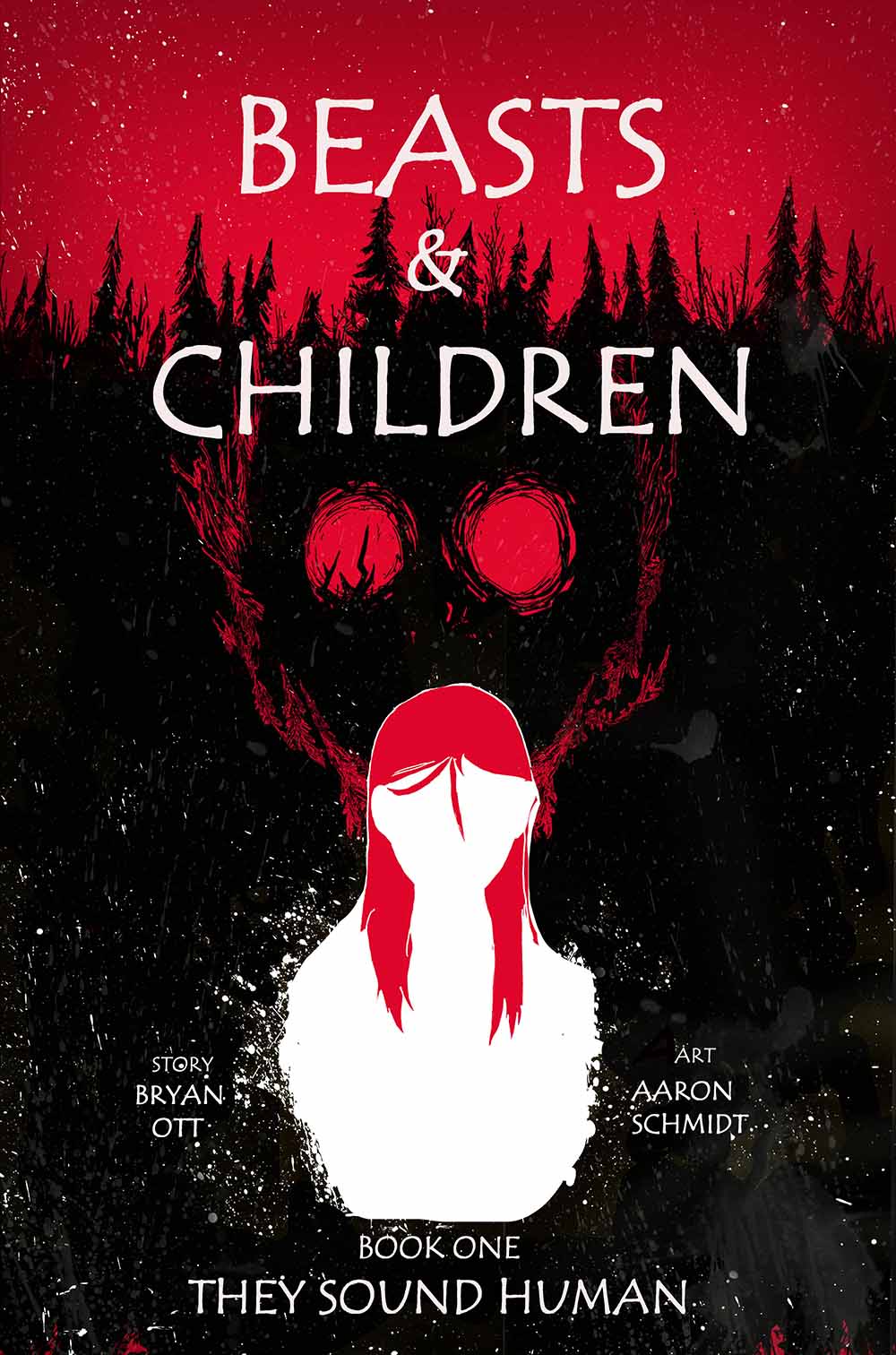
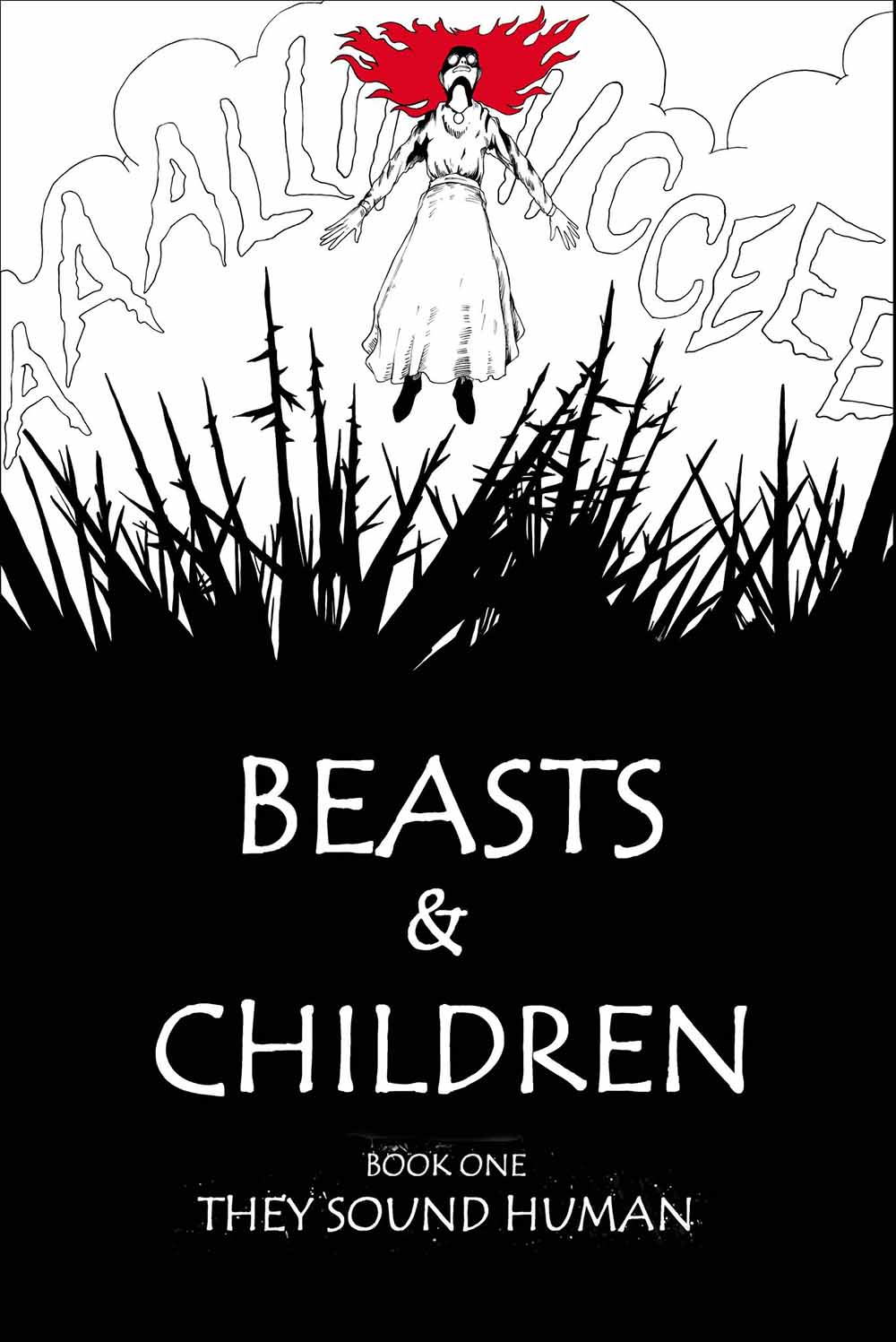
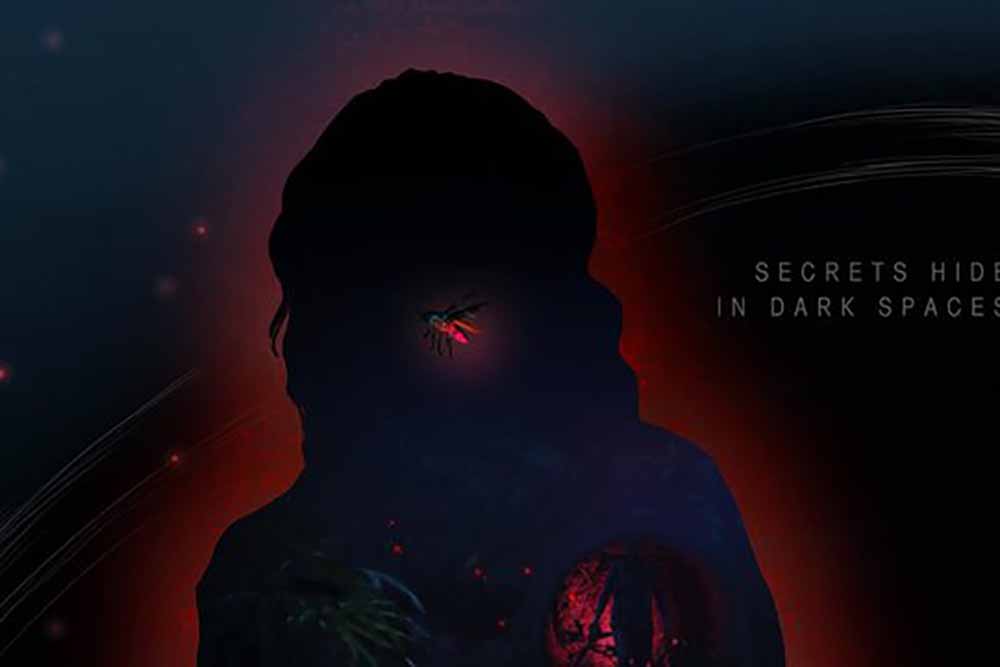
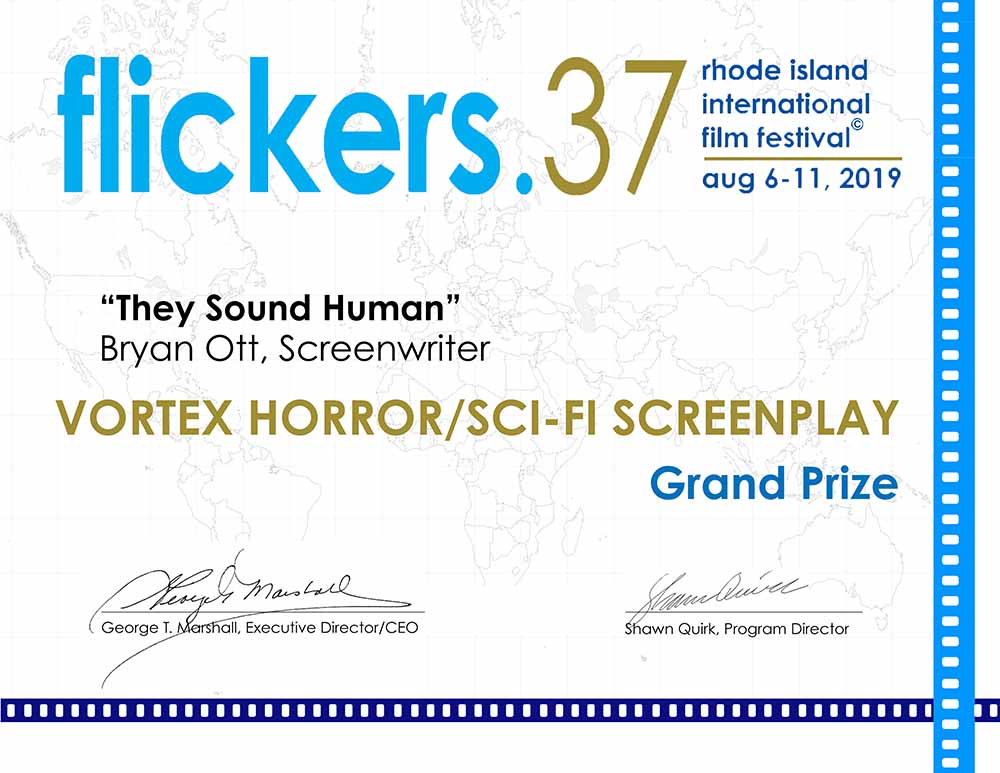

About the Author:
Dr. Bryan Ott is the Chair of the Fine and Applied Arts Division.






